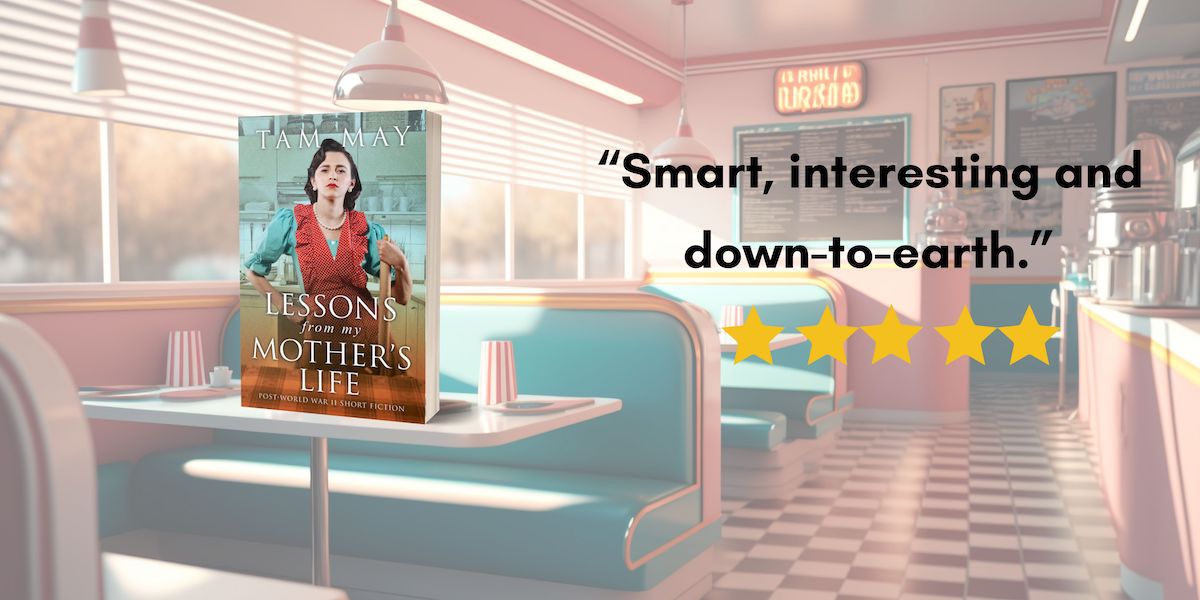
Photo Credit: Image of civil rights activist Yuri Kochiyama with quote “Remember that consciousness is power”, uploaded 18 October 2016 by dignidadrebelde: dignidadrebelde/Flickr/CC BY 2.0
When we think of the 1960s and 1970s, some of the images that come to mind might be tie-dye t-shirts, LSD, civil rights, and The Brady Bunch. Second-wave feminism is also high on the list (like the one of feminists burning their bras which, incidentally, never happened). And additional cliche associated with this movement is the feminist consciousness-raising group.
Consciousness raising (or C-R) is closely linked to the argument “the personal is political”. It was a way for women to connect to one another and to the issues they were facing in the mid-20th century. These groups created a safe space for women to discuss problems that were personal to them, many of them for the very first time. Bear in mind that in the previous era, the Occupation “Housewife” era of the 1950s, women were supposed to have been happy just being housewife and mothers, living in the suburbs, having enough money for luxuries, and focus on serving those around them — they were not supposed to be gathering to talk about what frustrated, angered, and annoyed them. They were not supposed to talk about taboo subjects like sexual satisfaction, abortion, rape, and infertility. But a decade and two decades later, the women’s movement was encouraging them to do just that, and in doing so, pointed toward a bigger picture of oppression for women on a political, social and psychological scale that was much greater than they realized (and, in the 1980s and 1990s, the third-wave feminist movement would realize even greater issues by going global).
As British feminist Jalna Hamner points out in a short interview here, the C-R groups were really the crux of the women’s movement. In fact, if a woman wanted to be involved in the movement, it was imperative that she be a part of one of these groups. In addition, many groups required that all women speak for a reason. Many women felt isolated and confused about how they felt and what was troubling them, and it was only hearing other women speak of the same problems that they realized their issues were valid and, in fact, stemmed from a much larger framework of oppression. Once women were aware, they could then work toward solutions to these problems.
There was backlash against these groups as well. Hamner mentions the idea of exposing her personal problems to a group of women did not appeal to her, and this was true for some women who preferred their private world remain private. Others pointed out that talking about personal problems was not going to make any political headway. One way of thinking about it is by using the analogy of psychology. I remember when I was in a master’s program at an alternative school in California where the approach to therapy was psychoanalysis (think: Freud), or, “talk therapy”. At the time (the early 2000s), CBT (cognitive behavioral therapy) was huge and many CBT psychologists jeered at psychoanalysis because of the same reason people criticized the C-R groups: It was talking, not taking action. A great illustration of this is a scene from the 1975 dark comedy The Stepford Wives. Joanna (Katharine Ross) is anxious to get a C-R group started among the suburban housewives of her new community. But when she arranges for a meeting, the results are hardly what she expects because these women are so embedded in the feminine mystique that their “consciousness raising” turns out the exact opposite of what second-wave feminists would have wished!
The protagonists of the stories in my book Lessons From My Mother’s Life are sort of in between the Stepford wives and the consciousness-raised feminists. They are on the apex of discovering the lives that were supposed to be perfect and fulfilling for them aren’t and are looking toward the future when the women’s movement and C-R groups could free them from the loneliness of having to deal with their issues by themselves. The stories begin with women caught in the net of the feminine mystique and end with their own revelations about where they want to go with their lives and who they want to be. While the stories take place before second-wave feminism got off the ground, they are already looking toward a brighter horizon and a way to consolidate their “something isn’t quite right” feelings.

